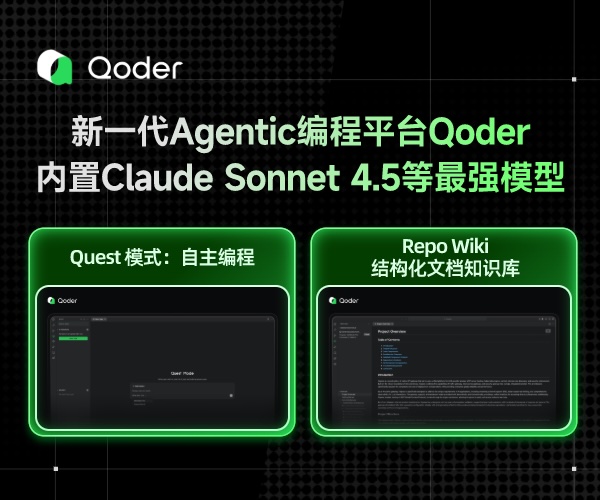5、struct2使用登陆的时候重定向功能,如果没有登陆,重定向到登陆页面
1、实现这样一份功能,列如用户在进行某些操作的时候,如果没有登陆重定向到登陆页面
首先:我们创建一个功能操作页面,用户准备在该页面执行某些操作
在index.jsp中
<%@ page language="java" contentType="text/html; charset=GB18030" pageEncoding="GB18030"%> <!DOCTYPE html PUBLIC "-//W3C//DTD HTML 4.01 Transitional//EN" "http://www.w3.org/TR/html4/loose.dtd"> <html> <head> <meta http-equiv="Content-Type" content="text/html; charset=GB18030"> <title>Insert title here</title> </head> <body> <a href="login.jsp">登录</a><br> <a href="mustLogin.action">访问受保护的页面</a><br> </body> </html>
然后点击之后访问mustLogin.action这个action
代码如下
package com.bjpowernode.struts2; import com.opensymphony.xwork2.Action; import com.opensymphony.xwork2.ActionContext; public class MustLoginAction implements Action { public String execute() throws Exception { if (ActionContext.getContext().getSession().get("user") == null) { //重定向到登录页面 return LOGIN; } return SUCCESS; } }
在该操作中:获得请求的session中存在的user用户名,如果用户名为空,就重定向到登陆页面
ActionContext.getContext().getSession().get("user")
我们来看下struct.xml的配置
<?xml version="1.0" encoding="UTF-8" ?> <!DOCTYPE struts PUBLIC "-//Apache Software Foundation//DTD Struts Configuration 2.0//EN" "http://struts.apache.org/dtds/struts-2.0.dtd"> <struts> <!-- 当struts.xml配置文件发生修改,会立刻加载,在生产环境下最好不要配置 --> <constant name="struts.configuration.xml.reload" value="true"/> <!-- 会提供更加友好的提示信息 --> <constant name="struts.devMode" value="true"/> <!-- 需要继承struts-default包,这样就拥有的最基本的功能 --> <package name="struts2" extends="struts-default"> <action name="mustLogin" class="com.bjpowernode.struts2.MustLoginAction"> <result name="login" type="redirect">/login.jsp</result> </action> </package> </struts>
这里可以进行配置 result的type类型配置成redirect类型,表示重定向到/login.jsp
type的默认值为dispatcher,就是type="dispatcher,表示转发"
-->
<!--
<result name="login" type="dispatcher">/login.jsp</result>
-->
<!--
type="redirect",可以重定向到任何一个web资源,如:jsp或Action
如果要重定向到Action,需要写上后缀:xxxx.action
type="redirectAction",可以重定向到Action,不需要写后缀,此种方式更通用些
不会因为后缀的改变影响配置
上面重定向只是针对mustaction有效,我们要针对所有的action都有效,我们可以配置一个全局的重定向
<?xml version="1.0" encoding="UTF-8" ?> <!DOCTYPE struts PUBLIC "-//Apache Software Foundation//DTD Struts Configuration 2.0//EN" "http://struts.apache.org/dtds/struts-2.0.dtd"> <struts> <!-- 当struts.xml配置文件发生修改,会立刻加载,在生产环境下最好不要配置 --> <constant name="struts.configuration.xml.reload" value="true"/> <!-- 会提供更加友好的提示信息 --> <constant name="struts.devMode" value="true"/> <!-- 需要继承struts-default包,这样就拥有的最基本的功能 --> <package name="struts2" extends="struts-default"> <!-- 全局result --> <global-results> <result name="login" type="redirect">/login.jsp</result> </global-results> <action name="mustLogin" class="com.bjpowernode.struts2.MustLoginAction"> </action> </package> </struts>
总结:
Struts2的Action访问Servlet API
1、可以通过ActionContext访问Servlet API,此种方式没有侵入性
2、在Struts2中默认为转发,也就是<result>标签中的type="dispatcher",type的属性可以修改为重定向
Struts的重定向有两种:
type="redirect",可以重定向到任何一个web资源,如:jsp或Action
如果要重定向到Action,需要写上后缀:xxxx.action
type="redirectAction",可以重定向到Action,不需要写后缀,此种方式更通用些
不会因为后缀的改变影响配置
3、关于Struts2的type类型,也就是Result类型,他们都实现了共同的接口Result,都实现了execute方法
他们体现了策略模式,具体Result类型参见:struts-default.xml文件:
<result-types>
<result-type name="chain" class="com.opensymphony.xwork2.ActionChainResult"/>
<result-type name="dispatcher" class="org.apache.struts2.dispatcher.ServletDispatcherResult" default="true"/>
<result-type name="freemarker" class="org.apache.struts2.views.freemarker.FreemarkerResult"/>
<result-type name="httpheader" class="org.apache.struts2.dispatcher.HttpHeaderResult"/>
<result-type name="redirect" class="org.apache.struts2.dispatcher.ServletRedirectResult"/>
<result-type name="redirectAction" class="org.apache.struts2.dispatcher.ServletActionRedirectResult"/>
<result-type name="stream" class="org.apache.struts2.dispatcher.StreamResult"/>
<result-type name="velocity" class="org.apache.struts2.dispatcher.VelocityResult"/>
<result-type name="xslt" class="org.apache.struts2.views.xslt.XSLTResult"/>
<result-type name="plainText" class="org.apache.struts2.dispatcher.PlainTextResult" />
</result-types>
我们完全可以自己根据需求扩展Result类型
4、全局Result和局部Result
posted on 2017-12-18 10:14 luzhouxiaoshuai 阅读(1015) 评论(0) 收藏 举报



 浙公网安备 33010602011771号
浙公网安备 33010602011771号